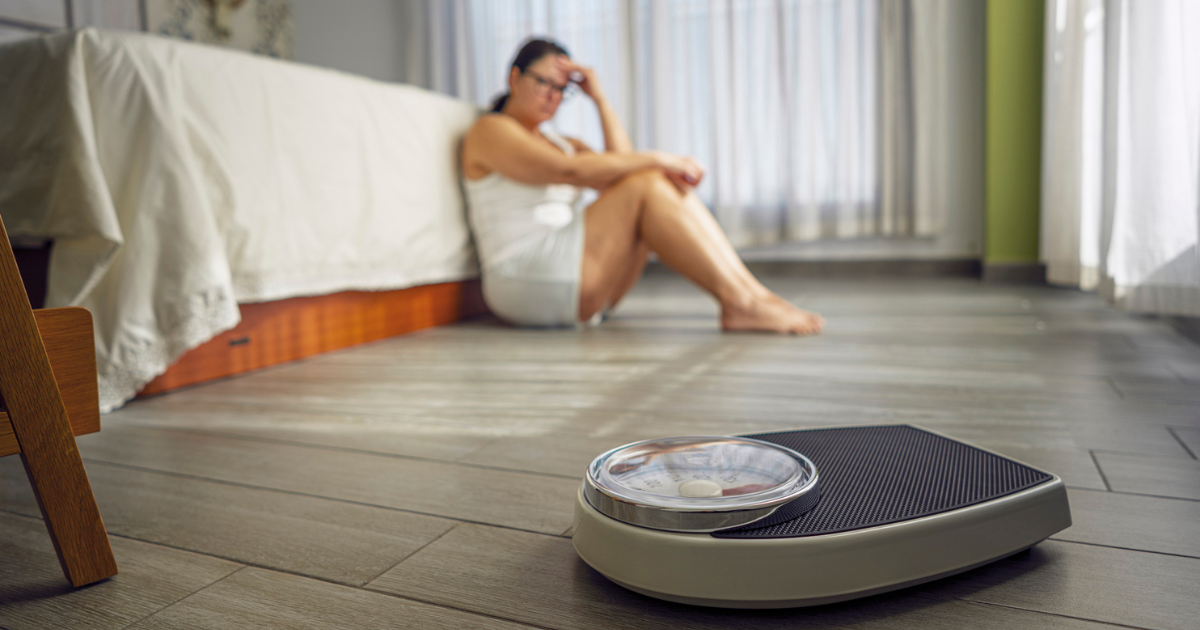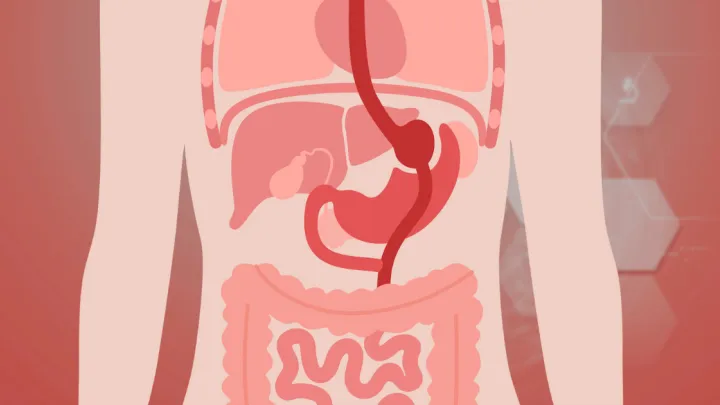Gained weight after gastric bypass surgery? You have options

If you’ve had gastric bypass surgery and are gaining weight, you’re not alone. Studies show that up to 20% of people who have this surgery gain some weight back.
The good news? There’s a treatment that does not require major surgery.
A ‘silent epidemic’
Weight gain after gastric bypass is often called a “silent epidemic” because many people don’t know help is available.
Gastroenterologist Ishfaq Bhat, MD, explains the challenge: “Most patients will be asked to do lifestyle modifications, which are important, but they will have difficulty trying to lose the extra weight. So they just live with it.”
Some people feel embarrassed or think they’ve failed when the weight starts coming back. But it’s often caused by physical changes in your stomach, not because you lack willpower.
Why weight comes back
During gastric bypass surgery, your surgeon creates a small stomach pouch and connects it to your small intestine. Eventually, this pouch and the connection (called an outlet) may stretch.
“Over time the pouch, which was created at the first gastric bypass, becomes wider and bigger, and what we call ‘the outlet’ between the pouch and the small bowel becomes wider,” Dr. Bhat says.
When that happens, you lose the feeling of being full quickly. You might notice you can eat larger portions than you could right after surgery.
How to tell if you need help
If your body mass index (BMI) is 30 or higher, and you’re experiencing some of the symptoms below, it may be time to talk to your doctor about treatment options.
- You’re hungry more often.
- You don’t feel full as quickly.
- You can eat larger portions than before.
- You’re gaining weight.
- Health problems like high blood pressure or diabetes are returning.
- You have “dumping syndrome:” nausea, cramping or diarrhea after eating.
The minimally invasive TORe procedure
A procedure called TORe (transoral outlet reduction) can help patients who experience weight gain after gastric bypass surgery. During the procedure, an endoscopist uses an endoscope (a thin, flexible tube with a camera) to narrow your stomach outlet.
“It’s a minimally invasive, same-day procedure,” Dr. Bhat says. “Most patients will have some nausea and discomfort for a day or so, a couple of days at the most, but they go home the same day.”
The procedure takes about an hour and is done while you’re under anesthesia. Here’s what happens:
- Your doctor uses an endoscope to look at your stomach.
- They apply a treatment to prepare the tissue.
- Stitches are placed to make the outlet smaller (about the size it was right after your original surgery).
- You go home the same day.
What results can you expect?
Research shows that people who have TORe typically:
- Lose 10 to 15 percent of their body weight within 12 months.
- Retain about 10 percent of their weight loss for five years.
“It’s not a huge weight loss, but it certainly adds to the lifestyle modifications, and in some situations, medications as well,” Dr. Bhat says.
If needed, the procedure can be repeated in the future.
The sooner, the better
If you’re gaining weight after surgery, don’t wait to seek help. Early treatment works better than waiting until you’ve gained a lot of weight back.
“The longer we wait for patients to have this procedure, the less robust outcome,” Dr. Bhat says. “So, the earlier we try to narrow that outlet, patients will have more weight loss.”
Remember, gaining weight after gastric bypass doesn’t mean you’ve failed. Your body has changed, and there are medical solutions available to help you get back on track.
TORe offers a middle ground between trying to diet alone and having major surgery again.







